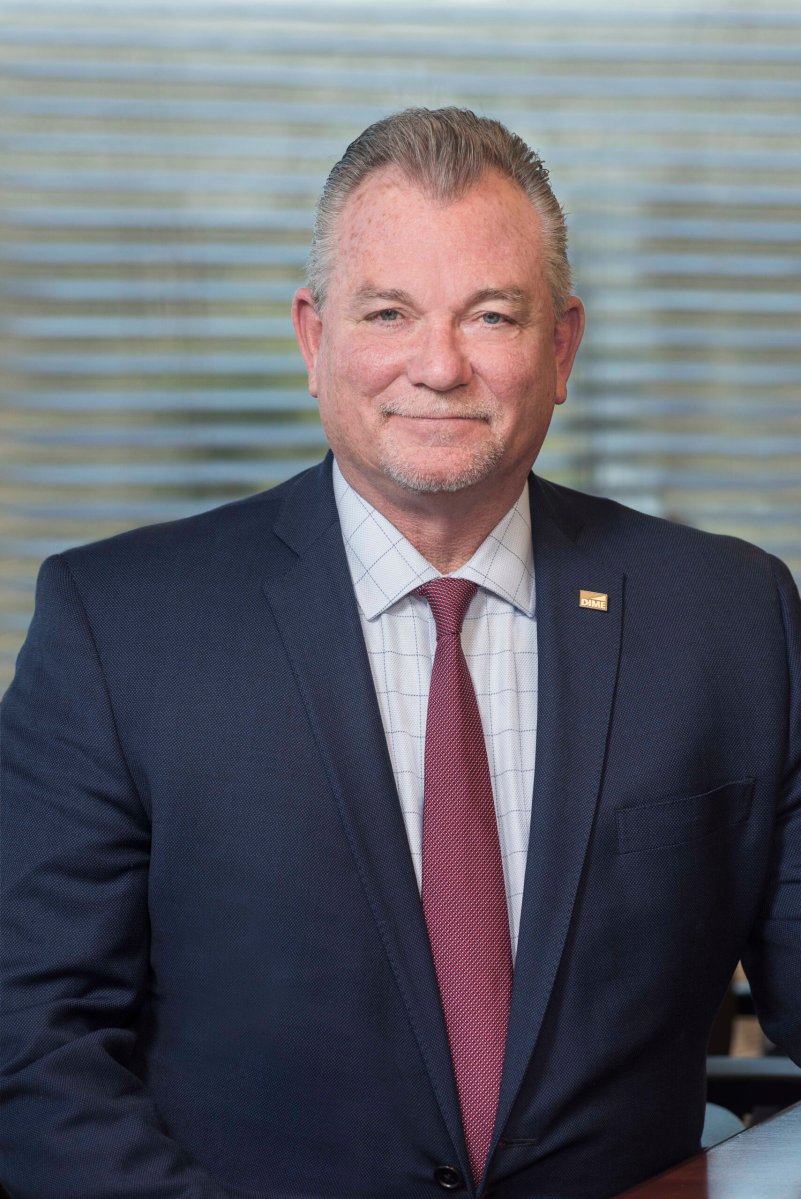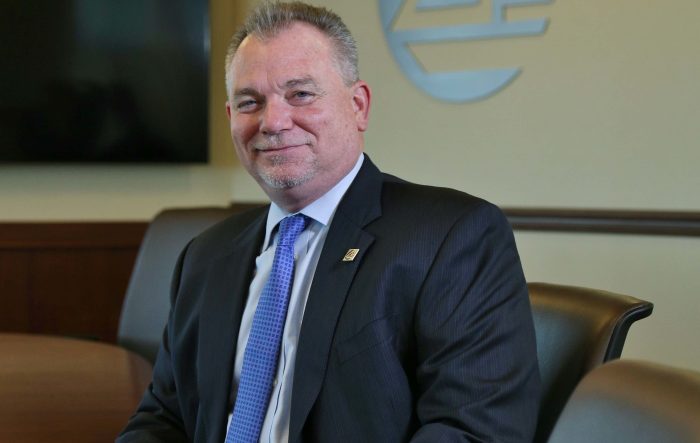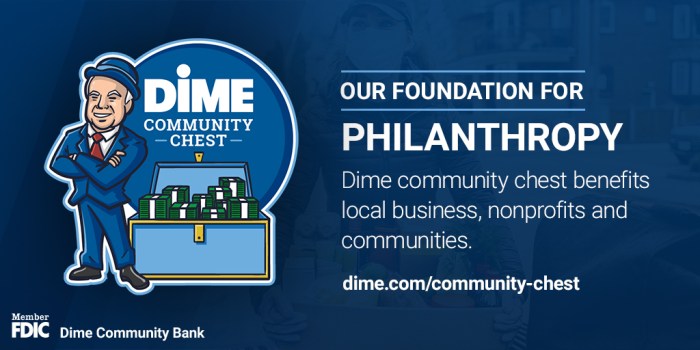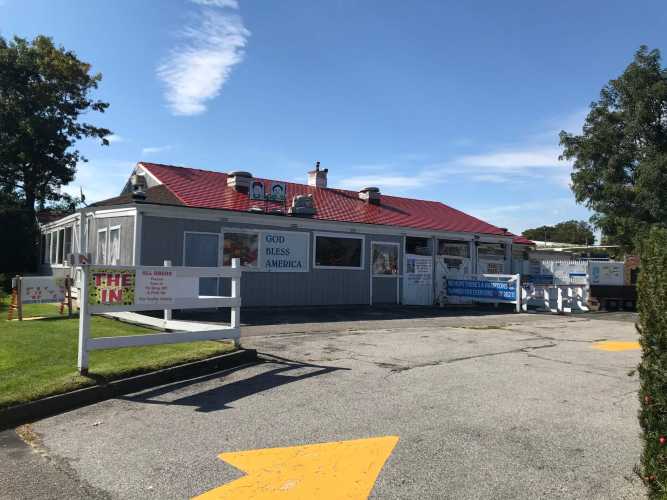Dime Community Bank CEO Kevin O’Connor leads one of the area’s larger regional banks. He talked with us more than two years after Dime and Bridgehampton National Bank (BNB) merged on Jan. 31, 2021.
How big were the two banks and how big is the combined bank today? Dime and Bridgehampton National Bank were both about $5.5 billion in assets. Combined, we are now over $13 billion in assets. It was an opportunity to put two companies together that had a focus on community banking. We weren’t geographically overlapped. We were in the East and Nassau. Dime’s headquarters were in Brooklyn. The branch network was Brooklyn with a little presence in Queens, Manhattan and Nassau, but nothing in Suffolk.
How are things now for Dime and banking? It’s over two years that we’ve been together and it’s gone very well. In March, things looked ugly out there. You had what’s considered a local bank failing, Signature. In California, Silicon Valley failed. Everybody was worried if there was money saved. Regulators were concerned. We told them where we stood from a liquidity standpoint and the strong relationship our bankers had with our customers. It indicated how different we were from the institutions that failed; 99% of the banks are different. We took this opportunity to be opportunistic.
What do you mean by that? We have hired seven teams of bankers that had great relationships with their customers from these institutions, Signature and First Republic. They joined us and decided to come to our bank. We can provide a platform to take care of their customers with the technology that we have, from cash management services to treasury management services. We have the right cybersecurity and fraud protection.
What’s new in terms of technology? We can open accounts online. In certain industries, they have to manage money in escrow, like real estate and in some cases attorneys. We have a sophisticated escrow management product. We have a number of tools that prevent fraud.
Is fraud basically online or is there old-fashioned fraud with checks? Our industry is under attack from fraud. Check fraud has become a big part of our industry. The ability to make copies of checks and do different things. They can doctor the payee, the dates, amounts. We deal with that as an industry. We have tools that allow customers to send us a file of checks they issued and who they’re issued to. We only pay those checks.
How have rising interest rates impacted customers? The fed in their attempt to control inflation has raised interest rates 500 basis points in a little over a year. That has caused increases in people’s borrowing costs. We’ve seen that in mortgage loans and lines of credit for businesses.
Are people taking fewer loans? They have curtailed what they’re looking to borrow. Small-business loans with floating rates have gone up 500 basis points. You used to borrow at 5%. Now it’s 10%. Your monthly payment has doubled, which is a challenge.
What can you do? We constantly have conversations with our customers. You know your banker. We’ve tried to work with people. In some cases if the initial loan is at a low rate, we do some second loans behind it. It’s another challenge businesses deal with.
How important is a relationship with a banker to a business? It’s incredibly important. Small and medium-sized businesses are good at doing what they do. They buy and sell, manufacture. Having a banker who understands and is supportive of your business is important. We were a big issuer of PPP (Paycheck Protection Program) loans. I still get compliments to this day.
Can you mention a few situations where bankers can help customers? We get customers who come in with a new opportunity with another customer, but they need to get the inventory. The new person will pay in 90 days. They have to figure out how to finance that receivable. When you have a relationship with a banker, you can have more intelligent conversation.
How does Dime get involved with the community beyond its core business? We’re involved in many local organizations. And our people bring their expertise. We launched the Dime Community Bank Foundation in 2022 to support local New York charities. Dime employees volunteered more than 10,000 hours with 50 area nonprofits in 2022. Across our footprint from Montauk to Manhattan, we’re engaged in charities.
How important are branches? Branches are still important. People want to see a commitment to a physical location. We have 60 branches and we continue to enhance technology. We are a strong, locally based institution that continues to grow our business, much of it through word of mouth and referrals from existing customers.
































